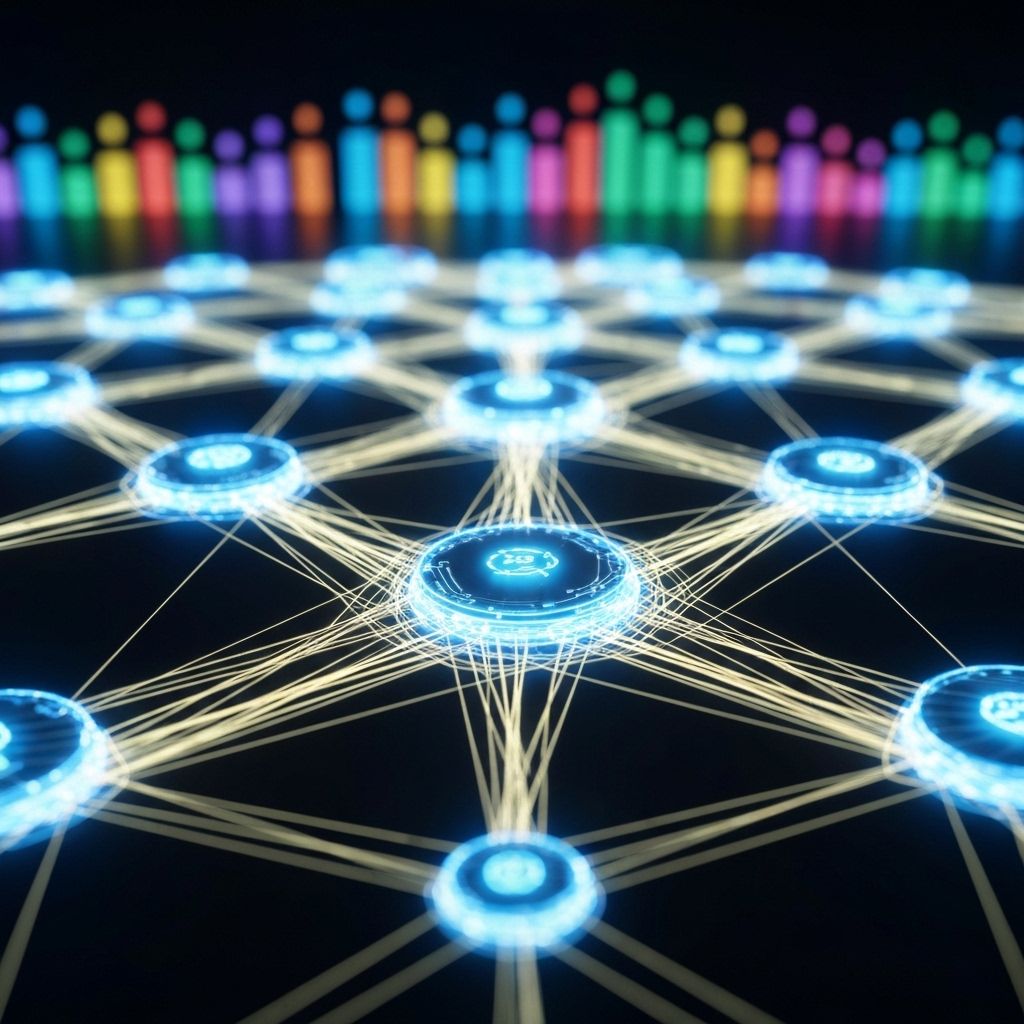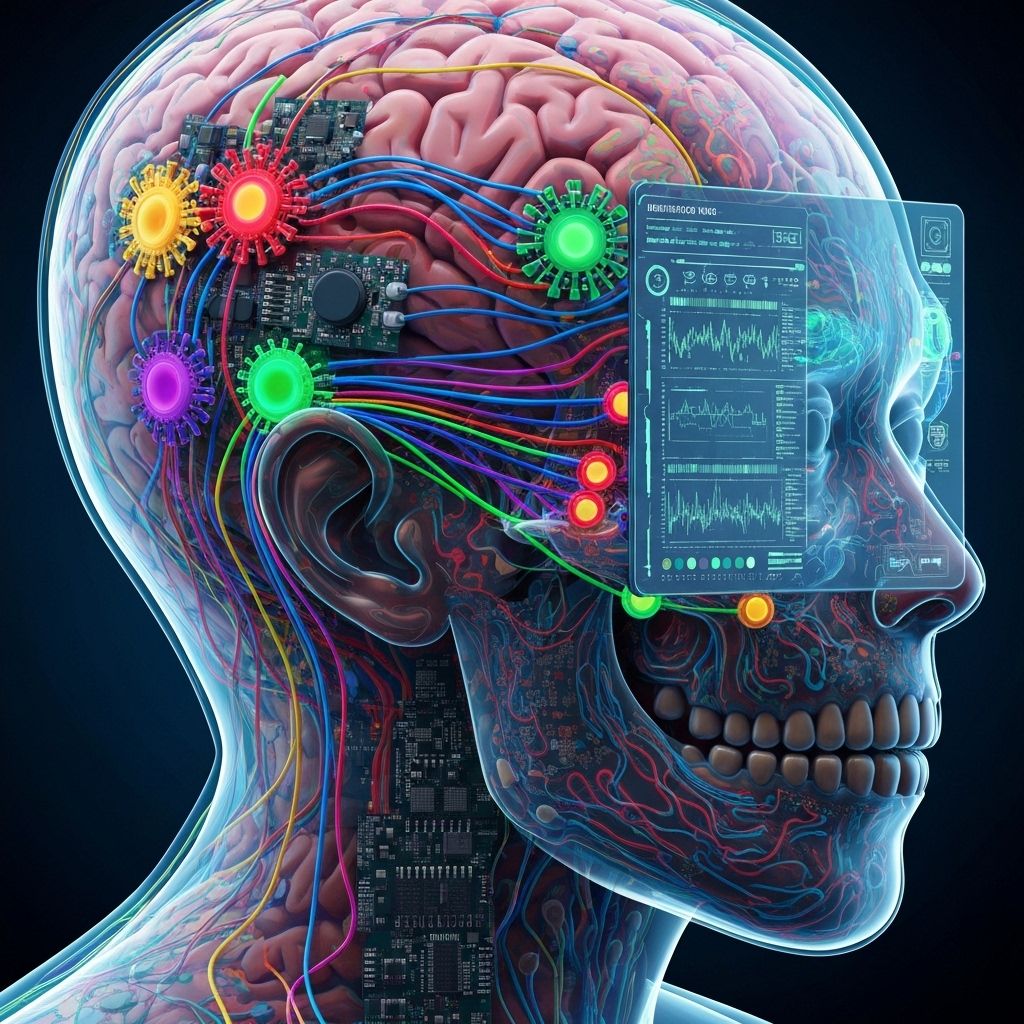Web3 Finally Goes Mainstream in 2025
Simplified user experiences and regulatory clarity drive mass adoption of decentralized applications and digital ownership.

Web3 technologies have finally achieved mainstream adoption in 2025, with over 1 billion users globally engaging with decentralized applications and digital ownership platforms. Improved user experiences and regulatory clarity have removed the barriers that previously limited Web3 adoption.
Mass Adoption Drivers
The integration of Web3 features into major social platforms has introduced millions of users to decentralized technologies. Simplified wallet interfaces and seamless onboarding processes have made Web3 accessible to non-technical users.
Digital Identity Revolution
Decentralized identity systems have become the standard for online authentication, giving users control over their personal data and digital credentials. This shift represents a fundamental change in how we manage online identity and privacy.
Platform Integration
Major social media and content platforms have integrated Web3 features, enabling creators to monetize content directly and users to truly own their digital assets. This integration has accelerated Web3 adoption across diverse user demographics.
Economic Impact
The Web3 economy has created new revenue streams for creators, developers, and users. Decentralized finance protocols and NFT marketplaces have generated billions in economic activity, demonstrating the commercial viability of Web3 technologies.
The mainstream adoption of Web3 in 2025 marks a turning point in internet evolution, establishing decentralization and user ownership as core principles of the digital economy.
About the Author
Alex Johnson
Blockchain researcher and Web3 developer with extensive experience in decentralized systems and cryptocurrency technologies.
Related Articles

Neural Interfaces: Brain-Computer Integration Reaches New Milestones

Sustainable Tech Revolution: Green Computing Solutions for 2025

Web3 Evolution: Decentralized Internet Infrastructure in 2025

Augmented Reality Workplace: How AR is Transforming Remote Collaboration

5G and Beyond: The Path to 6G Networks and Ultra-Fast Connectivity
